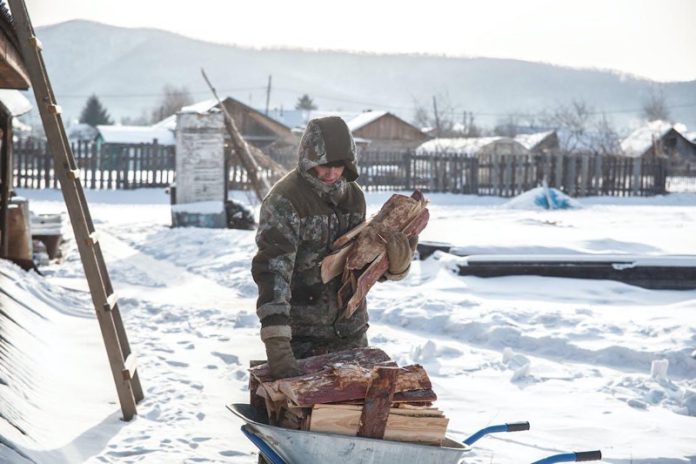With winter setting in, it is yet again that time of the year when many have to figure out how they can keep their houses warmer during the cold season. With the rising global energy costs, you need to take stock of your home’s energy efficiency status and ensure it is up to date.
Top on the to-do list for many people is to confirm that their furnace is in excellent working condition and their houses are well insulated. If necessary, get professionals like those who provide Indianapolis heating installation services to fix your furnace. Whichever method you choose to keep your house warmer this winter, it should help you to cut down on the heating bills. We give you five simple tips you can try out.
1. Upgrade Your Thermostat
A thermostat regulates your home’s temperatures by controlling your furnace or central heating system. However, the gadgets can wear out over time, especially in homes with older furnaces. Worn-out thermostats can lead to delays in your furnace switching on or your home unnecessarily overheating. Ensuring your thermostat is up to date improves the accuracy of its regulation of the furnace temperatures, preventing unnecessary energy wastage.
Some thermostats come with a timer, which makes controlling your furnace easier, faster, and more effective. Most people are now opting for the smart thermostat, which is controllable from their mobile phones. It ensures their houses are well-heated and cozy even before they arrive home. The device is worth investing in since it automatically switches off your furnace while away, helping you monitor your energy use and reduce your home heating costs.
2. Keep out draughts
Even the slightest draught can make the temperature in your house drop significantly during winter. Some spaces that let draught into your home while allowing heat to escape are around windows (especially between the frame and window panes) and those beneath the doors.
You can keep away draughts using simple heat-insulating materials like blankets or towels inserted at the foot of your doors. Similarly, taping the edges of your window panes can stop any irritating draughts from entering your house through the windows. Alternatively, you can buy foam or rubber draught excluders and fix them at the bases of your exterior doors to plug any gaps.
3. Close Your Curtains
As much as sunlight is always a free source of warmth in your house during the day, it is advisable to keep your windows and curtains closed once the sun goes down. It will stop heat from escaping out of your house through the windows. If you have thin curtains, it will help to hoist a blanket (or any other heavier material) over the curtain rail to improve heat insulation. In case your curtains are unlined or worn out, perhaps it is time to invest in a new, heavier set.
4. Keep The Doors To Rooms You Are Not Using Closed
Closing doors to unused rooms creates “pockets of heat” in the house. It lessens the space that needs heating, allowing warm air to stay in the rooms that are in use for longer. In any home, there are those rooms that always seem to be colder than the rest. If they are not in use, ensure you keep them closed to prevent them from sucking the much-needed heat from the rest of your house. Turn off any radiators within the closed rooms to save energy.
5. Place Some Rugs On Your Floor.
Uninsulated floorboards and tiled floors can make your house colder than it is. They also directly make your feet feel cold when walking on them barefoot. Counter the problem by placing thick rugs on your floor. Besides insulating heat, quality rags can also make your house look stylish.
Conclusion
The average American household spends at least $4,000 on heating costs during winter. Applying the above tips can aid you in significantly cutting down on your utility bills and staying comfortable this winter. The secret lies in finding the best ways to cheaply keep your house warm and cozy without spending a fortune.
















